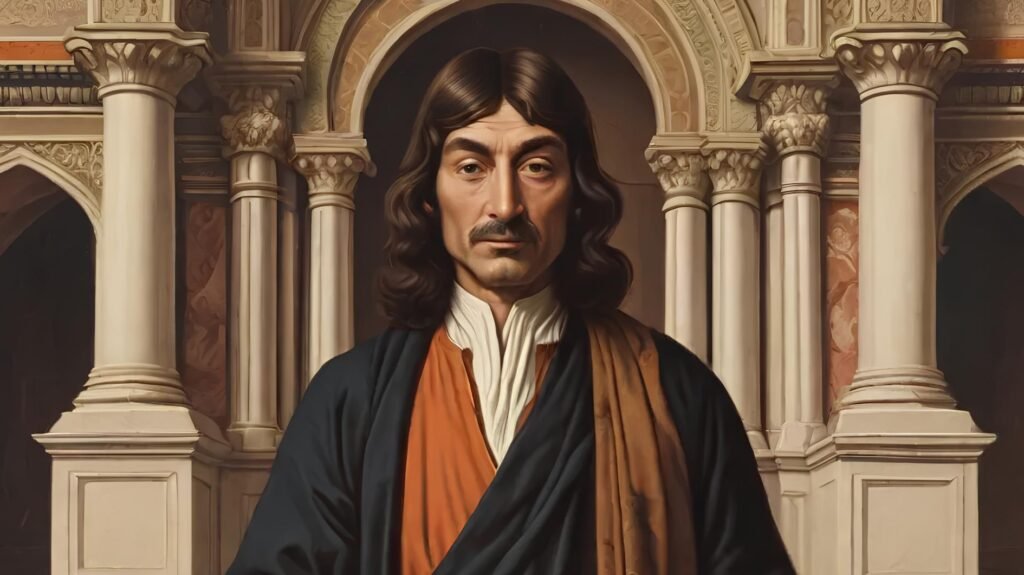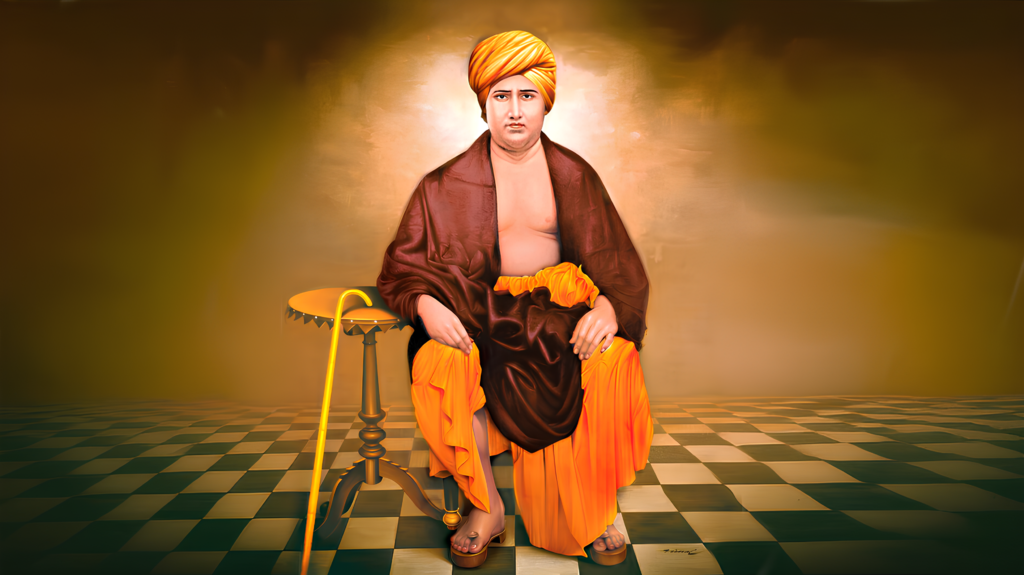Chhath Puja: The Festival of Devotion and Gratitude

Namastey Shikshanarthi’s
Chhath Puja, an ancient and revered festival, is celebrated with immense devotion across the Indian subcontinent. This festival, which transcends religious and social boundaries, centers around the worship of the Sun God and Chhathi Maiya. But why is Chhath Puja celebrated, and what are the stories that make this festival so special? Let’s dive into the roots, rituals, and tales that illuminate this sacred tradition.
Introduction to Chhath Puja
In a small village by the Ganges, the air fills with the scent of fresh flowers and incense as families gather to prepare for one of the most beloved festivals: Chhath Puja. This festival is not just a religious occasion; it is a celebration that brings people together in devotion and gratitude, transcending generations and social boundaries.
Celebrated primarily in the Indian states of Bihar, Jharkhand, and Uttar Pradesh, as well as in parts of Nepal, Chhath Puja is dedicated to Surya, the Sun God, and Chhathi Maiya, the Goddess who is believed to be Surya’s sister and protector of children. Unlike many Hindu festivals that feature elaborate temple rituals, Chhath Puja is celebrated outdoors, on riverbanks, ponds, and other natural water bodies.
Historical and Cultural Significance
The roots of Chhath Puja stretch back to the Vedic age. Imagine, centuries ago, sages and seers offering hymns to Surya, acknowledging the Sun’s unmatched power as the source of life. The Rigveda, the oldest of the Vedas, contains these hymns praising Surya’s glory. Back then, people understood the importance of the sun in agriculture and life itself. As time passed, the tradition evolved but retained its pure essence, a deep reverence for the life-giving force of the Sun.
Why Chhath Puja is Celebrated
Chhath Puja is celebrated for a simple yet profound reason: gratitude. The Sun God is worshipped for his role in sustaining life, providing warmth and energy that nurtures crops and ensures the survival of all living beings. Devotees express their thanks and seek blessings for health, prosperity, and the well-being of their loved ones.
Equally significant is the worship of Chhathi Maiya, who is believed to protect children and bless families with happiness. The connection between these deities and the themes of life, fertility, and familial prosperity gives Chhath Puja its deep spiritual importance.
The Rituals of Chhath Puja
Chhath Puja unfolds over four days, each marked by its own set of rituals. Let’s walk through the days as if we’re experiencing the festival ourselves:
1. Nahay Khay (Day 1): Picture the early morning sun rising as devotees take a holy dip in the river. This day is all about purification. Mothers and grandmothers, wrapped in simple saris, prepare a humble meal of rice, dal, and pumpkin, cooked without garlic or onions. This meal marks the beginning of their fasting and sets the tone for the days ahead, clean bodies, pure hearts.
2. Kharna (Day 2): The second day is marked by a rigorous fast without water that continues throughout the day. In the evening, as the sun sets and stars twinkle in the sky, devotees break their fast by preparing a special prasad of jaggery-sweetened kheer and chapatis. Families gather around, sharing stories and savoring this sacred meal. It’s a moment of togetherness, symbolizing devotion and self-discipline.
3. Sandhya Arghya (Day 3): This is the most significant day of Chhath. As the golden sun begins to dip into the horizon, devotees dress in their finest traditional clothes and gather at water bodies. The scene is one of beauty and devotion: women stand waist-deep in the water, holding baskets filled with offerings like sugarcane, fruits, and small lamps. They raise their hands to the setting sun, singing folk songs that echo across the water. The moment is magical—the sun’s last rays cast a glow on their faces as they offer their heartfelt prayers.
4. Usha Arghya (Day 4): The final morning is serene and filled with hope. Before the first light of dawn breaks, devotees return to the water’s edge. This time, they offer prayers to the rising sun. The atmosphere is filled with chants, and as the first rays touch the earth, there is a collective sigh of relief and joy. The fast ends, and devotees share prasad with family and friends, their hearts full of gratitude.
The Stories Behind Chhath Puja
The beauty of Chhath Puja lies not only in its rituals but also in the stories passed down through generations. Each tale adds a touch of wonder and inspiration.
The Story of Lord Shri Ram and Maa Sita
Many years ago, when Lord Shri Ram returned to Ayodhya after 14 years of exile and defeating Ravana, he and Maa Sita wanted to express their gratitude to the divine powers. It is said that Maa Sita observed a fast and offered prayers to the Sun God, thanking him for the strength and protection they had received. This act of devotion by the divine couple set a precedent for the observance of Chhath Puja.
The Tale of Draupadi and the Pandavas
The Mahabharata also holds a connection to Chhath Puja. During their exile, Draupadi and the Pandavas faced many hardships. One day, sage Dhaumya advised Draupadi to observe a fast and offer prayers to the Sun God, who could grant them the strength to overcome their difficulties. Draupadi’s devotion and the Pandavas’ sincere prayers were answered, and they were able to overcome the challenges they faced. This story signifies the power of faith and the blessings that come from worshiping the Sun.
The Legend of Karna
Karna, the heroic figure from the Mahabharata known for his valor and generosity, was a devout worshipper of the Sun God. It is said that he performed Surya Arghya (offerings to the Sun) every day while standing in water, which granted him immense power and strength. His dedication and daily practice of offering prayers to Surya are often linked to the rituals of Chhath Puja, inspiring devotees to show similar devotion and gratitude.
The Story of Raja Priyvrat and Malini
Long ago, there was a king named Raja Priyvrat who ruled with wisdom and kindness. Despite his prosperity and a loving queen, Malini, the couple was deeply troubled by their inability to have a child. Desperate for an heir, Raja Priyvrat performed a grand yagna as advised by the sage Kashyapa. To their joy, Malini soon became pregnant. However, when the baby was born, it was stillborn. The grief-stricken couple fell into deep sorrow. This moment of despair, Chhathi Maiya appeared before them, moved by their devotion and prayers. She instructed them to observe a fast and perform the rituals of Chhath Puja to gain her blessings. The royal couple followed her instructions with unwavering faith. Chhathi Maiya, pleased by their devotion, granted them a healthy child. This story is a testament to the power of faith, patience, and the blessings of Chhathi Maiya.Chhathi Maiya is also known as Shashthi Devi, who is also considered to be the proprietress of the sixth part of this world.
Scientific and Spiritual Aspects
While Chhath Puja is rich in mythological stories, it also has a scientific basis. The rituals involve standing in water and facing the sun during sunrise and sunset, which has known health benefits. Sunlight during these times is rich in infrared and ultraviolet rays, which help improve energy levels and overall health. The controlled breathing during prayers and the act of fasting detoxify the body and promote mental well-being. Spiritually, Chhath Puja teaches discipline, devotion, and gratitude, fostering a connection with nature.
Conclusion: The Timelessness of Chhath Puja
Chhath Puja is more than just a festival; it is a journey of faith, devotion, and gratitude that has been passed down through centuries. Its rituals, stories, and the shared experiences of families gathered by the water’s edge create a sense of unity and peace. Whether you are a child hearing these stories for the first time or an elder passing down the tradition, Chhath Puja holds a special place in the heart, reminding us of the simple yet profound truths of life: respect for nature, the power of prayer, and the blessings that come from unwavering devotion.


